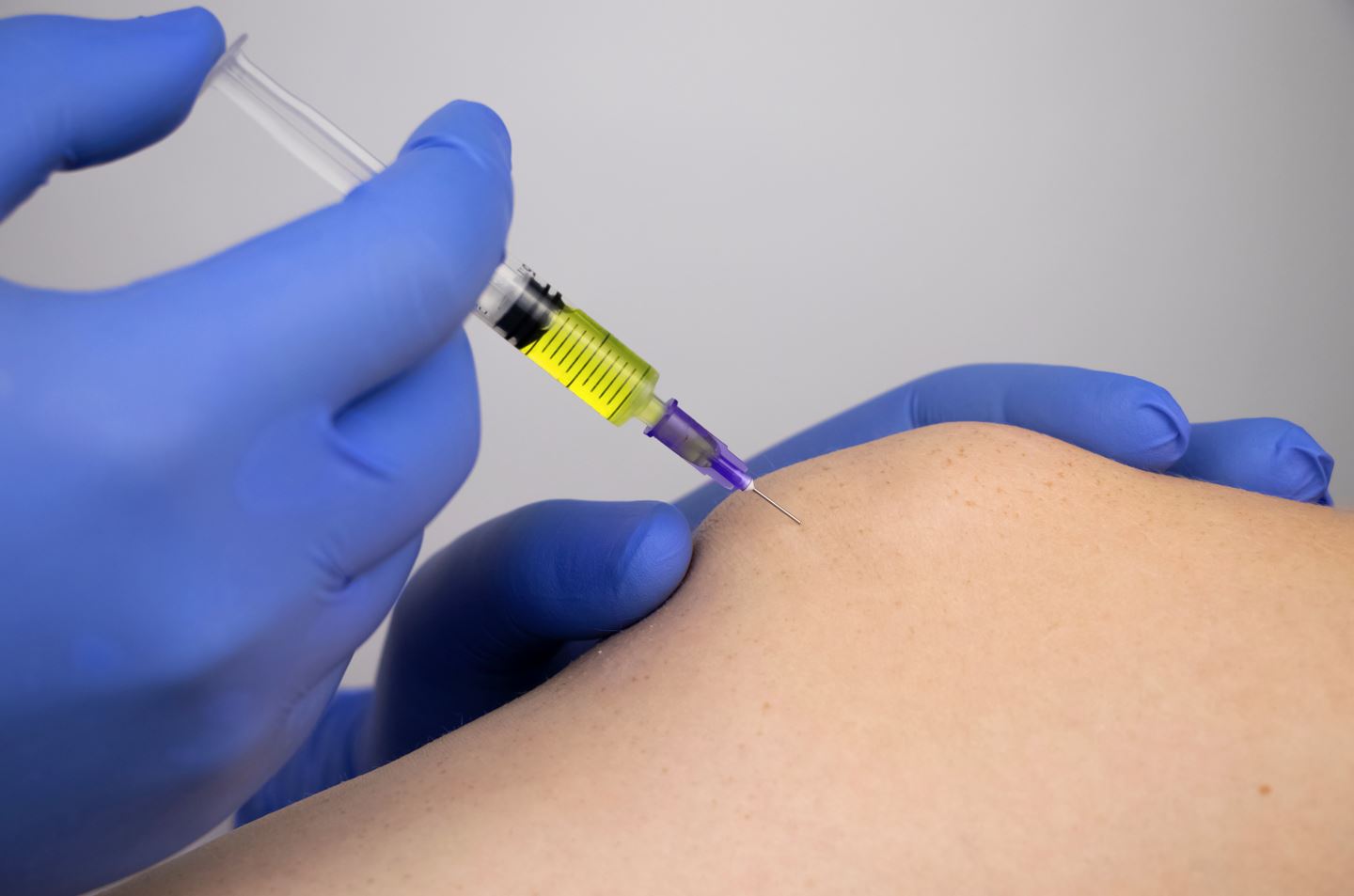
What is regenerative medicine?
Regenerative medicine is a practice aimed at replacing or revitalizing damaged tissues or organs that may have been compromised due to disease, injury or aging. Basically, regenerative medicine focuses on healing, rather than treating symptoms with medication and procedures. Prolotherapy is one of the earliest forms of regenerative medicine originally called ‘sclerotherapy’, going back at least 100 years. The more contemporary treatments can be traced to the 1950s when the prolotherapy injection protocols were first formalized by general surgeon, George Hackett.
This nonsurgical procedure promotes the body’s natural healing processes to strengthen joints weakened by trauma or arthritis. Delivering this type of treatment requires a medical practitioner with an in-depth knowledge of anatomy with years of training to develop the necessary sensitive palpation skills to accurately administer the injections.
Prolozone, Prolotherapy and Ozone
Prolozone is a safe, natural, non-drug, non-surgical treatment that has the unique ability to directly address the cause of musculoskeletal pain by restoring proper oxygen utilization. Treatments are in the form of injections containing procaine, anti-inflammatory medications, homeopathics, vitamins, minerals, and ozone/oxygen gas directly into injured joints, as well as other areas of pain. Naturopathic patients and doctors alike are often impressed by the way damaged tissues can be regenerated, and previous chronic pain can be significantly improved.
Prolotherapy injections combine an irritant called dextrose with procaine which decreases pain signals to the brain, and B vitamins which supports cell regeneration. Together these components work to create a localized inflammatory response. The patient’s own immune system naturally responds to these signals and is prompted to begin repair at the site of injury.
Adding ozone to prolotherapy further increases the repair response by increasing cell utilization of oxygen and supercharging immune cells, stimulating cells to work more efficiently. This elevated oxygen environment helps to reduce inflammation while increasing collagen production and balancing free radicals.
The healing power of ozone
As the gas element of this treatment is injected at the site of an injury, it expands making it possible to move around or engulf areas of inflammation, delivering the healing medicine throughout inflamed areas of the body. Prolozone injections use a mixture of ozone-oxygen that stimulates fibroblast activity (fibroblasts are a type of cell that secretes collagen proteins used to maintain a structural framework for many tissues). This action helps in the restoration of ligaments, tendons, and cartilage, which strengthens weakened connective tissue promoting healing while reducing or eliminating pain.
Instant Pain Relief
Patients often report immediate pain relief as the anesthetic pain-relieving effects of procaine and the lactic acid-reducing effects of ozone is injected into the area of pain or injury. Most patients report an a high rate of pain improvement, some up to an 80% decrease in pain following a Prolozone treatment. This immediate effect is due to the effect of the procaine, but ozone is known to also carry a significant ability to directly relieve pain.
Prolotherapy can be a phenomenal treatment for chronic musculoskeletal pain stemming from an old injury or from overuse. Below is a list of some common conditions that prolotherapy addresses although available treatments for symptoms depends on the practitioner and the symptoms displayed by the patient:
- Carpal tunnel syndrome
- Degenerative & arthritic knees
- Plantar fasciitis
- Chronic back pain
- Post-operative pain
- Chronic neck pain
- Heel spurs
- Rotator cuff injuries
- Degenerated discs
- Neuromas
- Sciatica
- Degenerative & arthritic ankles
- Non-union fractures
- Tennis elbow
- Degenerative & arthritic hips
- Pelvic disorders
- TMJ
Long term benefits of Prolotherapy
Chronic symptoms associated with osteoarthritic knees, hips and ankles can be expected regenerate over time. Some physicians report a verifiable increase in cartilage thickness in knees treated with Prolozone as evidenced by pre and post treatment x-rays and imaging. In the vast majority of cases no significant side effects from Prolozone have ever been demonstrated other than temporary tenderness at the site of the injection.
Regenerative joint therapies rebuild cartilage tissue and interrupt chronic pain signaling through self-healing mechanisms. The result is reduction of pain and increased joint mobility. Regenerative joint therapies are effective for everyone, from competitive athletes to people in chronic pain desiring to achieve their health goals.
